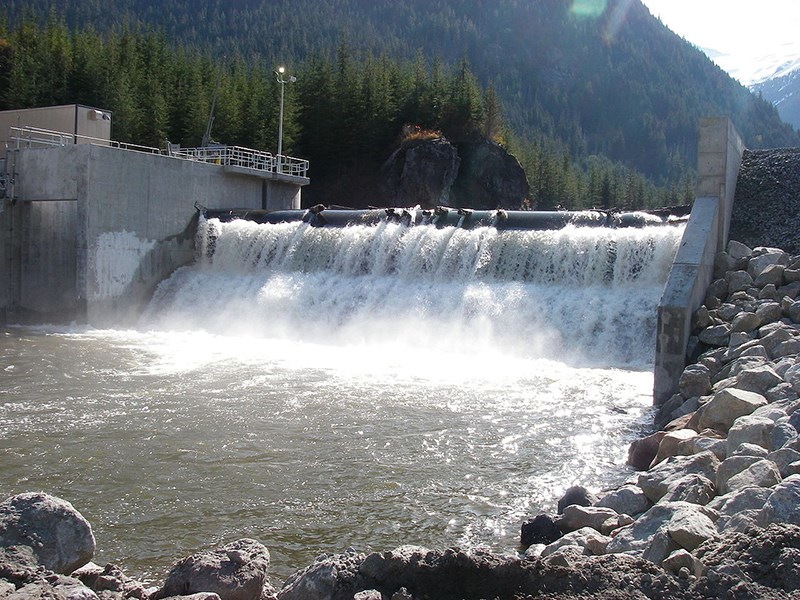A recent increase in waterpower investigation-licence applications to Powell River Regional District (PRRD) mostly result from the wrapping up of a 10-year court battle, the president of a Vancouver-based engineering company has confirmed.
Greg Sunell, president of Synex International Inc., the company that owns Sigma Engineering, said the recent increase in water-licence applications in PRRD includes eight requests postponed for several years.
“Our recent activity in the area, which does not involve new water-licence applications, relates to the resolution of the primary litigation between Hawkeye Power Corporation and Sigma Engineering,” said Sunell.
Sigma holds the rights to more than 30 sites from the Toba Valley to Jervis Inlet.
Electoral Area C director Colin Palmer has said on several occasions since last November that he is surprised by the number of applications the regional district has been receiving from the provincial government; the majority have been from Sigma.
Since November 2015, close to a dozen applications have come before the regional district’s planning committee from the provincial government to allow power companies the ability to investigate new micro-hydroelectric projects in Powell River’s river valleys.
These include two recent applications to investigate hydroelectric projects in the Eldred Valley and on Goat Island.
Palmer said all the recent activity in Powell River’s river valleys reminded him of about 10 years ago.
“It was like a gold rush up there,” said Palmer.
In 2006, close to 500 applications were made for run-of-the-river water licences across the province.
Electoral Area A director Patrick Brabazon said he remembers seeing a Sunshine Coast Regional District planner’s map pinpointing in red where all the proposed water licences were.
“It looked like a bad case of measles,” said Brabazon. “Jervis Inlet was just a maze of red dots. Then it all became quiet and now it’s all ramped up again.”
The initial rush was part of a new energy strategy the Gordon Campbell Liberals enacted in 2002. To reduce hydro-electric-dam footprints, the government decided to champion run-of-the-river projects. They were smaller in scale and did not have the same environmental impacts.
Of the 16 contracts awarded in its first call for power from independent power producers, BC Hydro awarded 14 contracts to run-of-the-river projects.
One of the first was Ledcor’s $80-million project in Squamish’s Ashulu Creek.
At the same time, they reduced regional district boards’ regulatory powers to block developments. In 2003, the Liberals passed its Significant Project Streamlining Act, which effectively sidelined local governments from holding projects up. PRRD was no different.
Proposals came from companies such as Plutonic Power, which later became Alterra Power Corporation after it merged with Magma Energy, Hawkeye and others. These companies bought up the rights to investigate projects at numerous locations throughout the regional district and the province.
In 2008, Hawkeye announced it would build a multibillion-dollar, 180-megawatt project to produce green energy, with 12 run-of-the-river projects spanning from Toba Inlet to Jervis Inlet.
The project would include 159 kilometres of transmission lines, provide enough power for close to 70,000 homes and offset more than a half a million tonnes of carbon dioxide emissions.
Hawkeye went into receivership in September 2009. Then the company that was to purchase Hawkeye’s sites, Sigma Engineering, ended up in a nearly 10-year court battle over ownership of those water licence sites.



